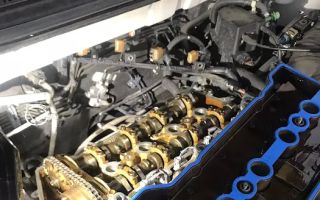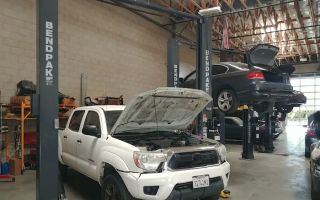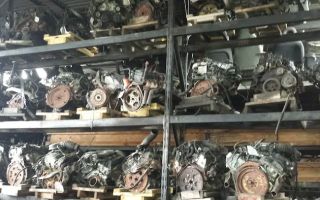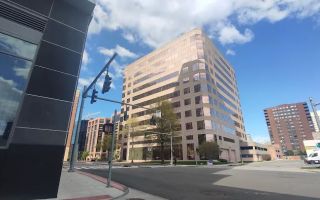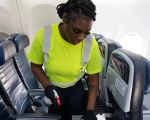How to Use Roadside Assistance for Engine Failure: A Step-by-Step Guide
Engine failure is one of the most common and stressful issues that drivers face, and it can happen at any time. Fortunately, roadside assistance services are available to help get you back on the road quickly. Knowing how to effectively use these services during an engine failure can save you time, money, and stress. In this article, we'll walk you through the steps to take when you experience engine trouble and need to use roadside assistance. Whether you're in the middle of a busy commute or on a remote road trip, understanding how to use these services will ensure you're prepared when disaster strikes.
1. What Is Roadside Assistance and How Does It Work?
Roadside assistance is a service offered by various providers to help drivers who experience car troubles while on the road. When you face an engine failure, roadside assistance can provide a range of services, including towing, battery jump-starts, flat tire changes, and even fuel delivery. Most of these services are accessible through a phone call or app, ensuring you get the help you need without hassle.
To access roadside assistance, you'll usually need a membership with a service provider, which may be part of your car insurance policy, a third-party provider, or offered by your car manufacturer. Once you're enrolled, you'll receive a phone number or app access to call for help when needed.
2. Steps to Take When You Experience Engine Failure
When your engine fails, it’s essential to stay calm and follow a few important steps to ensure your safety and expedite the roadside assistance process. Here's what you should do:
3. Ensure Your Safety First
Your safety should always come first in the event of an engine failure. If your car breaks down while driving, it’s crucial to pull over to a safe location. If possible, move the car to the side of the road, away from traffic. Turn on your hazard lights to alert other drivers of your presence.
Once safely stopped, ensure you and your passengers are secure inside the vehicle. If you're on a busy highway or in a dangerous area, exit the car from the side opposite to traffic, and stay as far away from the road as possible while waiting for help.
4. Contact Roadside Assistance
Once you’re safe, it’s time to contact your roadside assistance provider. Most providers offer 24/7 help, so no matter the time of day or night, you’ll be able to get support. You can reach them by calling the provided phone number or using a mobile app if your provider offers that service.
When you call, be ready to provide the following information:
- Your location (address or GPS coordinates if possible)
- A description of the problem, including any visible symptoms of engine failure (e.g., unusual sounds, smoke, etc.)
- Your vehicle’s make, model, and year
The more information you provide, the faster and more accurate the response will be. Roadside assistance providers can send the appropriate help, whether that means a tow truck or a mechanic who can perform an initial diagnosis.
5. Diagnose the Problem (if possible)
While it's not always necessary or possible, diagnosing the issue yourself can sometimes help speed up the process. If you have the knowledge and tools to do so safely, check for visible signs of problems like loose belts, leaks, or unusual smells. If you’re unsure of what caused the failure, it’s best to leave the diagnosis to the roadside mechanic or tow service.
If the failure is more serious, like a blown engine or damaged timing belt, it may require towing to the nearest repair shop. Roadside assistance services will typically handle towing costs, depending on your coverage plan.
6. Wait Safely for Help
Once you’ve called for assistance, the best thing you can do is wait for help to arrive. Be patient and stay in a safe area while keeping track of your roadside assistance provider’s estimated arrival time. Many services provide real-time tracking through their apps, so you’ll know exactly when help is on the way.
While waiting, it’s a good idea to stay inside your vehicle if it’s safe, especially in extreme weather conditions. If you must exit, ensure you’re far away from traffic and maintain visibility to other drivers.
7. Preventing Engine Failures in the Future
While roadside assistance is invaluable during engine failure, prevention is always the best solution. Regular maintenance and timely repairs can significantly reduce the risk of engine failure. Ensure that your car is regularly serviced and that the oil, coolant, and other vital components are checked and maintained according to your vehicle’s specifications.
In 2025, advancements in diagnostic tools can help identify potential engine issues before they lead to failure. Consider investing in a car maintenance app that tracks your car’s health, or consult with a mechanic for regular checkups.
8. Conclusion: Be Prepared and Stay Safe
Engine failures can be inconvenient and stressful, but knowing how to use roadside assistance effectively can make the process much smoother. By following these steps, you can ensure your safety, get the help you need, and minimize the disruption to your day. Whether you're on a cross-country road trip or just driving around town, having access to reliable roadside assistance is an essential part of your vehicle care.
For more information on how to protect yourself with roadside assistance, or to sign up for a plan, visit Rescue & Towing today!




